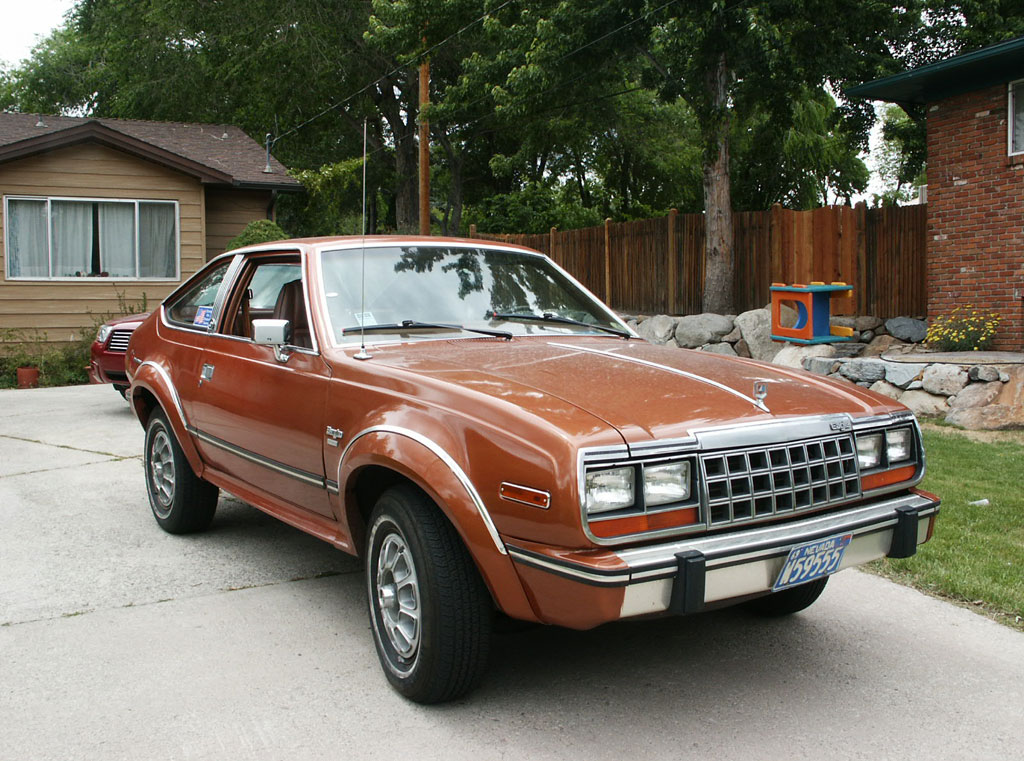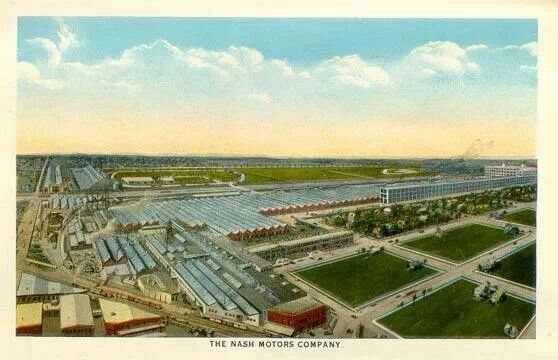
1982 AMC Eagle | readtiger.com
When Renault-Chrysler purchased the American Motor Company (AMC) in 1987, they closed the loop on two luminaries of the automotive industry, Charles Nash, and Walter Chrysler.
AMC was the company formed when Nash-Kelvinator Motor Company married Hudson Motor Company. It was a young Charles Nash who stole Walter Chrysler from the locomotive industry way back in 1911 to work for him at Buick (GM).
When GM gave Nash his walking papers in 1915, he scooped up a struggling motor company out of Kenosha, Wisconsin, and rebranded it as Nash Motor Company. Chrysler went on to do alright for himself too… We’ll come back to him.
The story of the Nash brand is a bittersweet tale of ingenuity and perseverance, a David and Goliath tale, which has an agreeable ending if one chooses to see it that way.
Raising Charles Nash
With Nash’s story, there are three main parts. He worked in the carriage industry, moved to automobiles where he made to the top of Buick, then started his own motor company after leaving Buick. The rest is details, but those details are so delicious.
Where it started for him was on a farm in Cortland, Illinois. Nash’s parents were poor, so it’s no surprise he ran away at age 12, in 1878.
By 1890 he’d added carpentry to his farming skills, had married his wife, and had accepted work in a carriage company in Flint, Michigan. Sure, they had him stuffing upholstery, but he made his way up the ladder.
After ten years, Nash was the vice president and general manager of the Durant-Dort Carriage Company. Mr. Durant was the guy who brought Nash over to Buick in 1910, where he was the president of GM. He knew Nash could shore up the Buick operation.
Nash was no fool. He knew no person won anything without help, so he hired Walter Chrysler as part of his Buick leadership team.
Chrysler was a hothead, but he was efficient. He immediately saved Buick on costs.
By 1912, Durant was out and the GM leadership gave Nash his job as president. Not bad for a poor farm boy from the school of hard knocks.
Taking on the world

Original Nash plant | Pinterest
When GM brought Durant back to run GM in 1915, he ran Nash out. Durant kept Walter Chrysler for four more years, making Chrysler one of the wealthiest people in the U.S. by 1919.
No surprise, Chrysler went on to start Chrysler, which would grow into one of three thorns in Nash’s side. But, first… let’s pick up Nash’s timeline.
After he left GM, Nash had bought the Thomas B. Jeffery Company, a small time car manufacturer in Kenosha, Wisconsin, rebranding it as Nash Motors.
Mr. Nash was busy trying to squeeze a dollar out of a dime when Chrysler walked from GM filthy rich–they’d been paying him an unprecedented $1-million a year–and opened his own car company.
While Nash Motors was a solid small company, taking a decent and respectable slice of the automotive pie, he could not compete with what became the big three: Ford, GM, and (that jerk), Chrysler. They controlled 75% of the industry.
Nash Motors came in fourth. Nonetheless, Charles Nash stayed his course of his philosophy: “Give the customer more than he has paid for.”
The Nash brand was innovative. They debuted heating and ventilation systems, were at the forefront of unibody construction, the same with the seatbelt, and even made a name as a U.S. compact car company.
That last one was later, in the 1950s, when compacts were an import market. Since the beginning, though, Nash cars were sturdy and considered a good buy, no matter what they made.
Despite this, they couldn’t surpass the big three.
Forging AMC
Starting in 1924 with the acquisition of Lafayette Motors, the Nash story included several acquisitions and mergers, Ajax Motors (acquisition) in 1925, and Kelvinator Corporation (merger) in 1937.
Nash himself retired to Beverly Hills in 1945, handing over the company to George Mason, the former head of the Kelvinator company. In 1954 the Nash-Kelvinator brand acquired Hudson Motor Car Company, forming AMC.
Thankfully for George Nash, he’d passed away in 1947, so he didn’t live to see this part. For some, this was the death knell of the Nash brand.
Hudson and Nash attempted to mimic the corporate structure of the big three, with a family of motor companies under one big brand, but the gamble didn’t work. They still couldn’t crack the top three, only accounting for about four percent of the market.
In 1954, Mason passed away, handing over AMC to a man named George Romney. It was he who dissolved the Nash and Hudson nameplates by 1957.
In the end, despite every effort, the AMC never rose beyond fourth place. In 1987, the AMC brand folded into Chrysler, disappearing forever.
If one follows the story arc, he could argue that Nash wrote his own demise the day he hired Chrysler to work for him back in 1910. Had he passed him over, who knows what story history would have told?
Stop. If we open up that can of worms, we’ll be here all day discussing parallel universes and alternate realities.
Here’s what happened: a person chased his passions and lived a life of his choosing.
The end.


